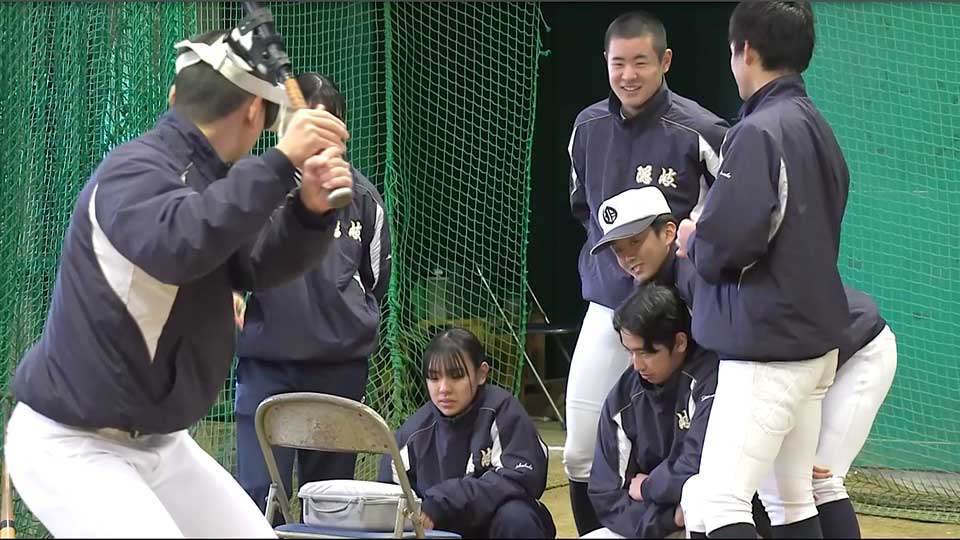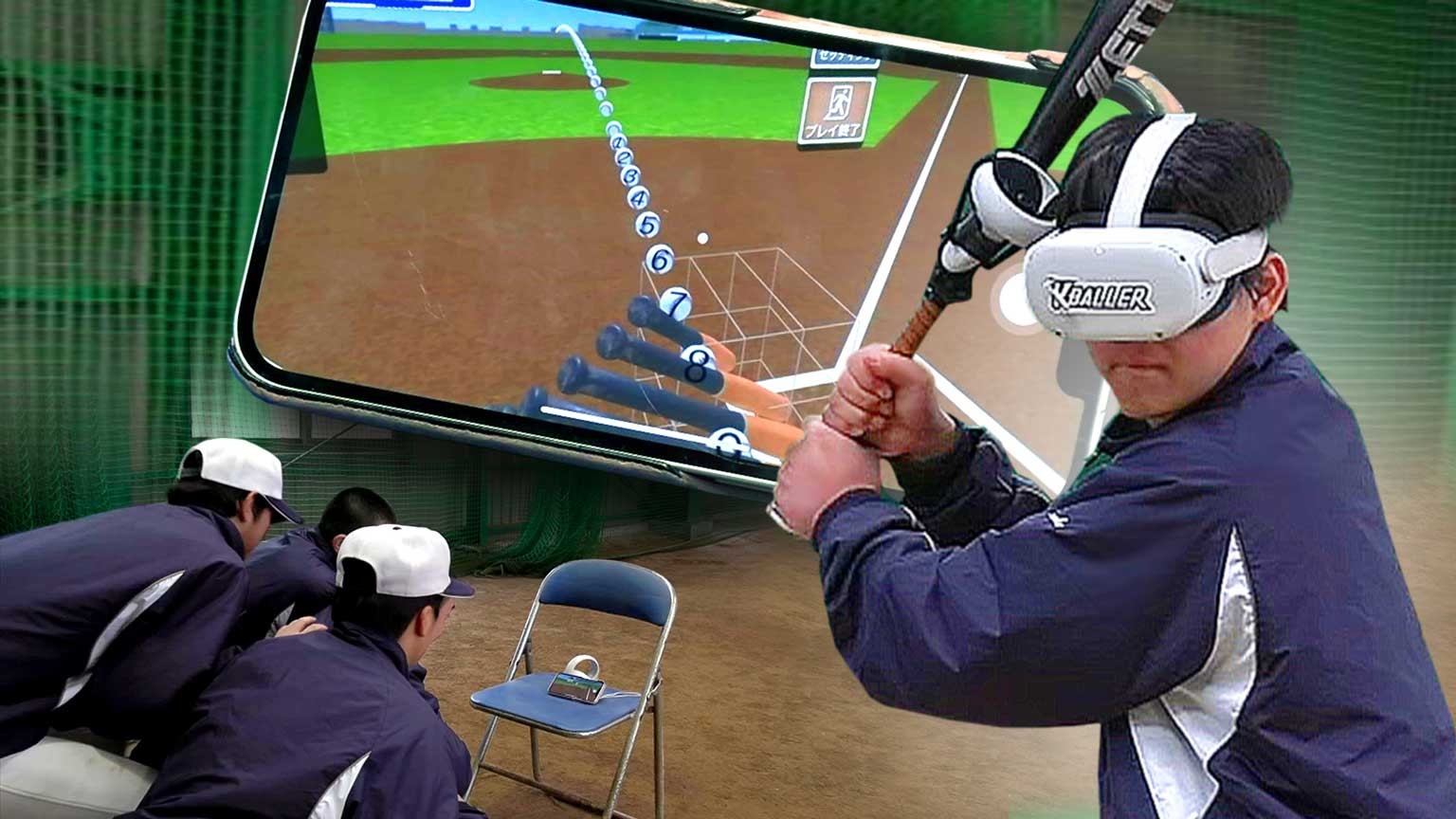On a cloudy day in March, the Oki High School baseball team has been scheduled to practice. Unfortunately the team has only eight members instead of the typical nine or more. To make matters worse, four players are at home sick or injured. This latest setback looks like making even a training session barely worthwhile.
It's a far cry from the days, around 20 years ago, when the school had a thriving team that won a berth in the prestigious national high school baseball tournament.
Oki High School is located in Okinoshima Town, on the remote island of Dogo, Shimane Prefecture, about 80 kilometers from the main island of Honshu. The town's population is about 13,000 and shrinking. More than 40 percent of its residents are over 65 years old.
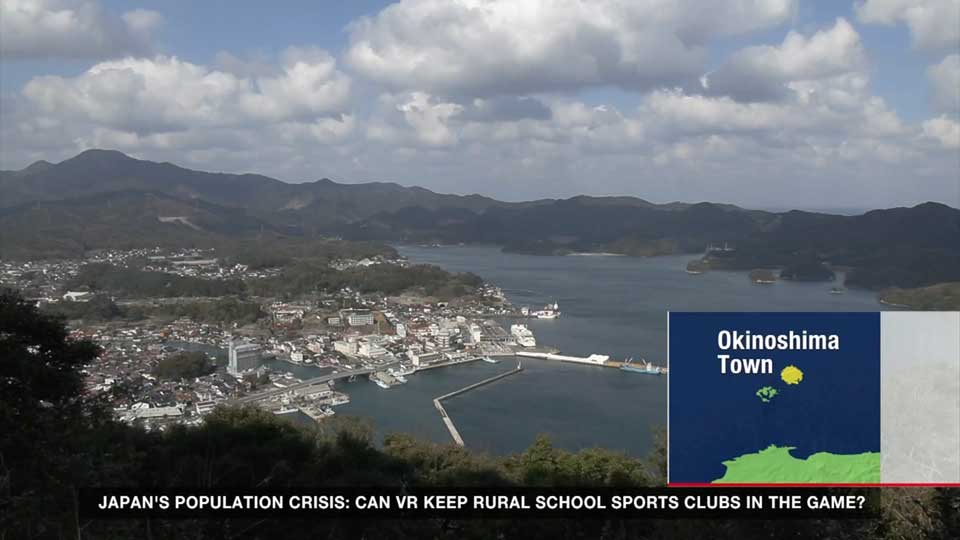
Sixteen-year-old Hirata Masaki grew up on the island and has been playing baseball since he was in elementary school. But as he approached high school age, he began to worry that he might have to give up the sport he loved.
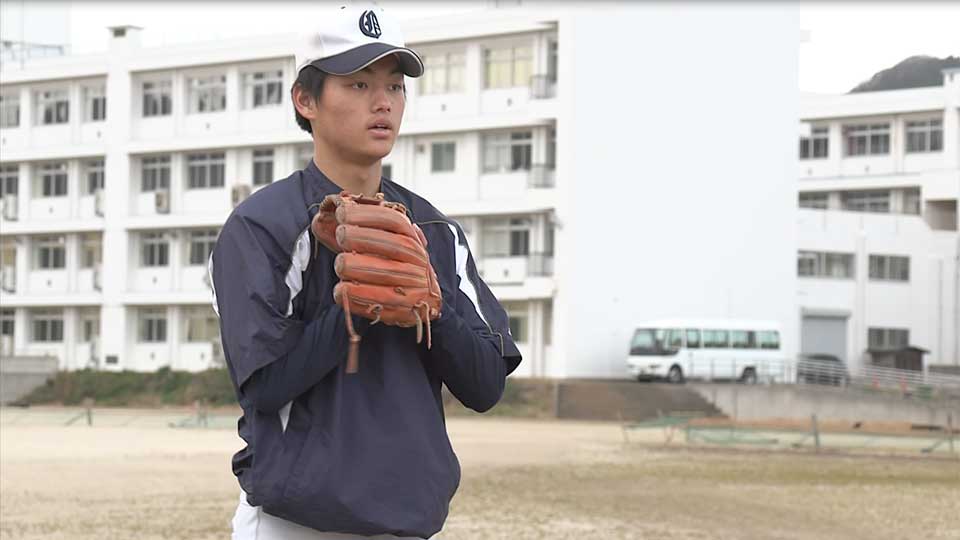
He noticed that every member of the baseball club at the school was a senior and would graduate before he even joined.
Hirata says some of his friends left the island to attend schools where they could be sure of playing their favorite sports. He stayed, though, and the school cobbled together just enough people for a team, thanks to five new students who moved to the island.
Hirata says a small team isn't all bad. He has more chances to play and gain experience. But it comes with challenges, too.
"Normally, players practice with runners on base to simulate different scenarios, but we can't do that with eight players," he says. "We have to borrow players from other clubs in the school, and it's not always easy to get them to come."
Demographic shift
Japan's high school population has plunged by about 50 percent over the last 30 years.
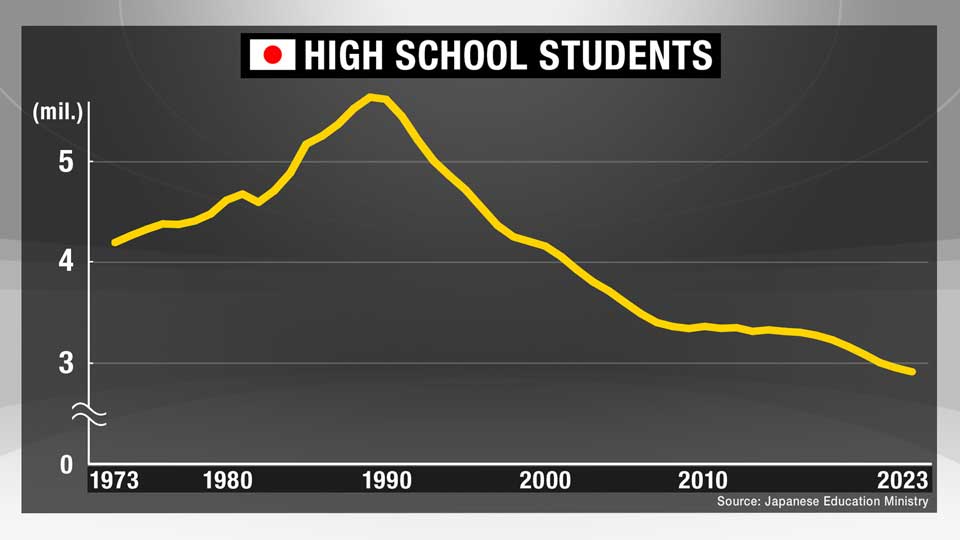
Many schools are being merged or closed due to a lack of students. Schools in some rural areas don't even offer team sports anymore, focusing instead on individual activities such as tennis or swimming.
What is the VR software which help batting practice?
Oki High School's player shortage came to the attention of Tokyo based software firm NTT DATA Japan, who offered them a trial of a virtual reality training tool in March.
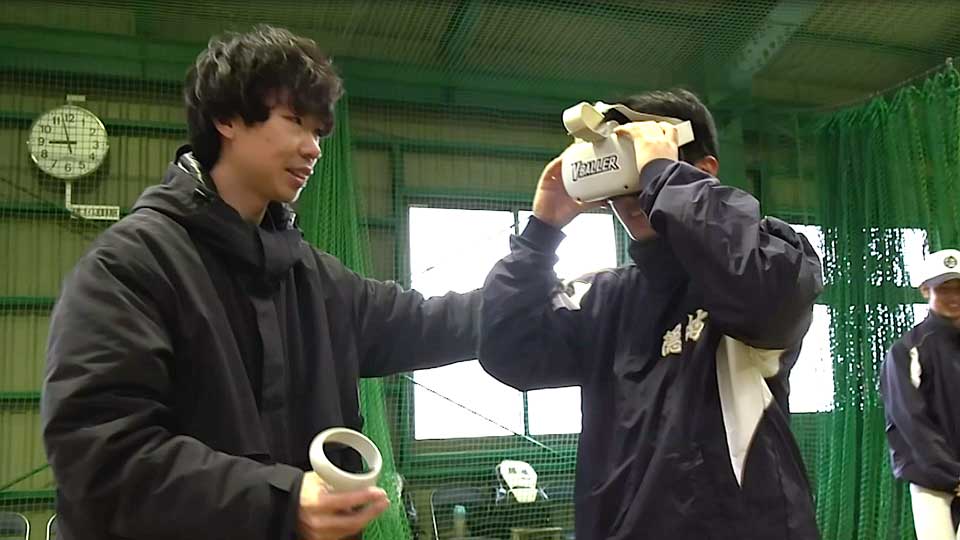
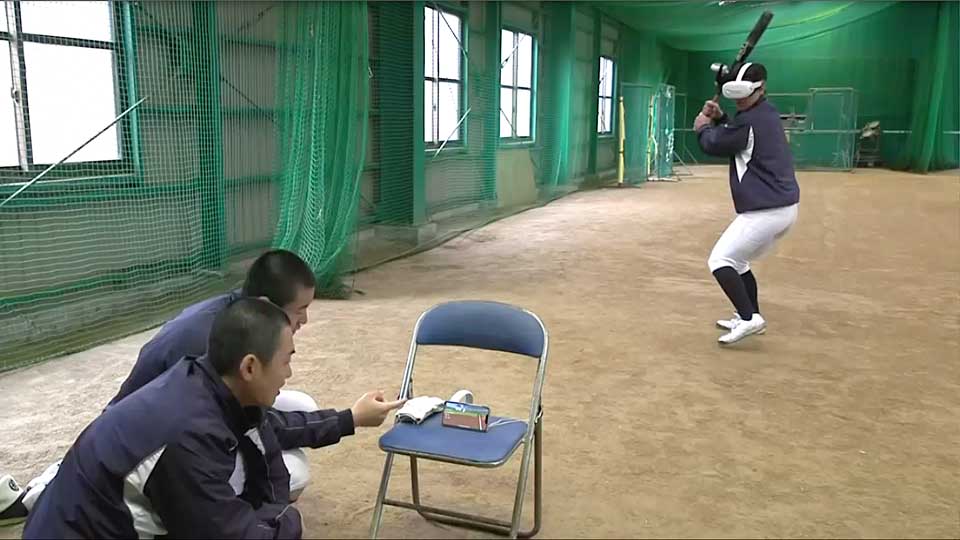
The headset shows the view from the batter's box. Players swing a bat-like device at a pitch thrown by a virtual pitcher. The software allows them to face about 200 different types of pitches, from lobs to Ohtani Shohei-style 160-kilometer-per-hour fastballs.
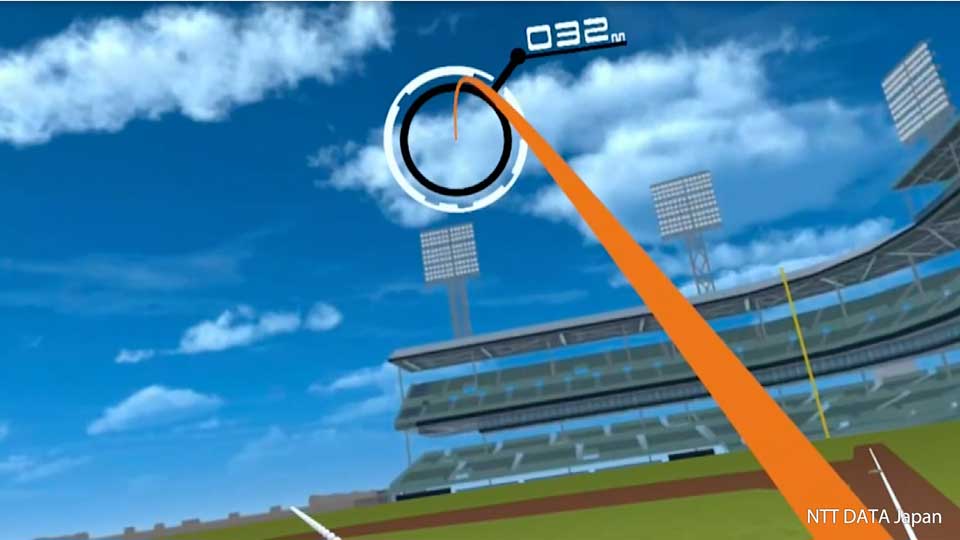
This batting simulator does more than let you practice your swing. Users can simulate unique game conditions, setting a specific innings and determining which bases are loaded.
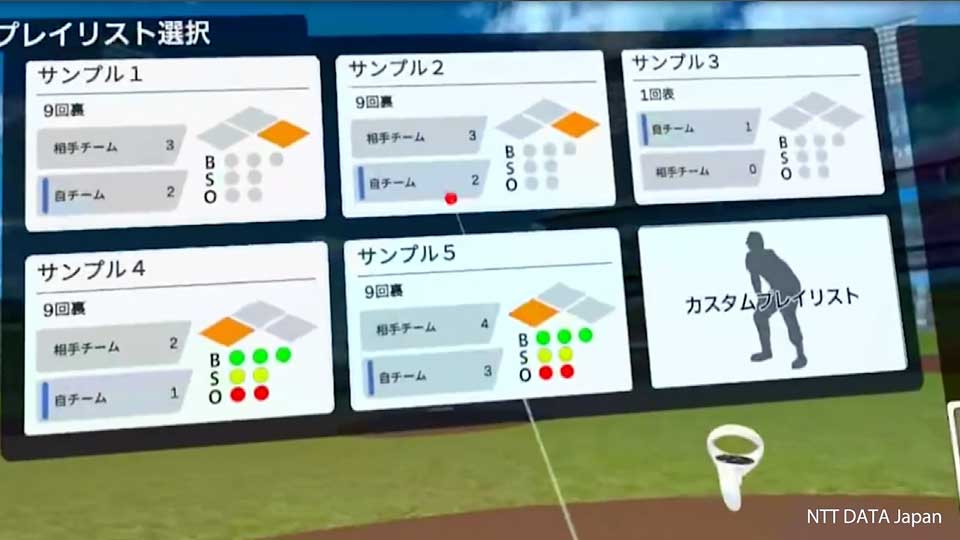
For Hirata, the simulator is a hit. "It was amazing," he says. "It's not the way my team usually practices, so it's exciting for me." And he can now hone his skills no matter how many real-world teammates are available.
The school is still considering whether to adopt the technology, but the team's manager, Tomioka Kanta, is enthusiastic.
In real life, he says, baseball requires a lot of space, equipment and people. "With this device, children can start to play with very few tools and they can do it alone," he says. "I feel like this gives people more opportunities to get into baseball."
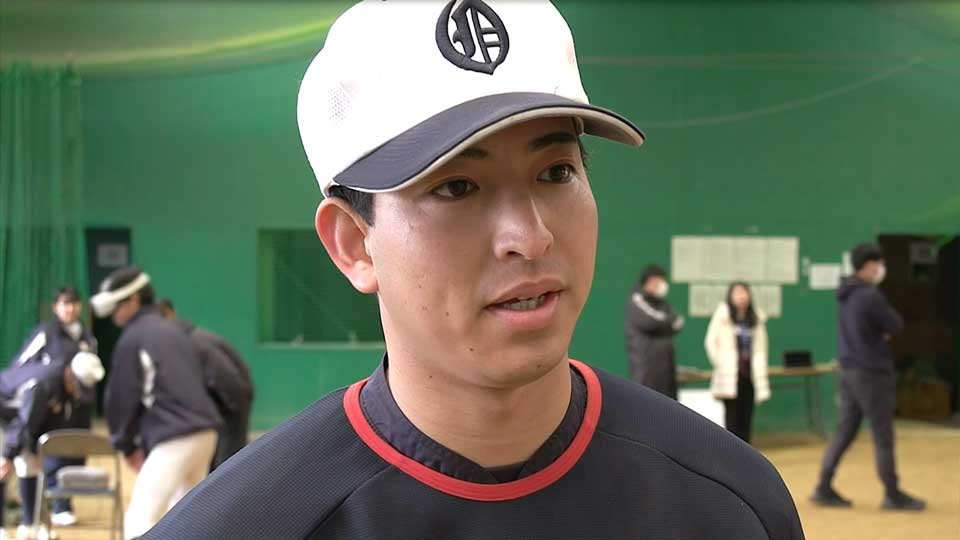
Pros … and cons
Waseda University Professor Nakazawa Atsushi, who specializes in the relationship between sport and education, says the technology could help keep sports accessible, but he also points out the importance of learning with peers.
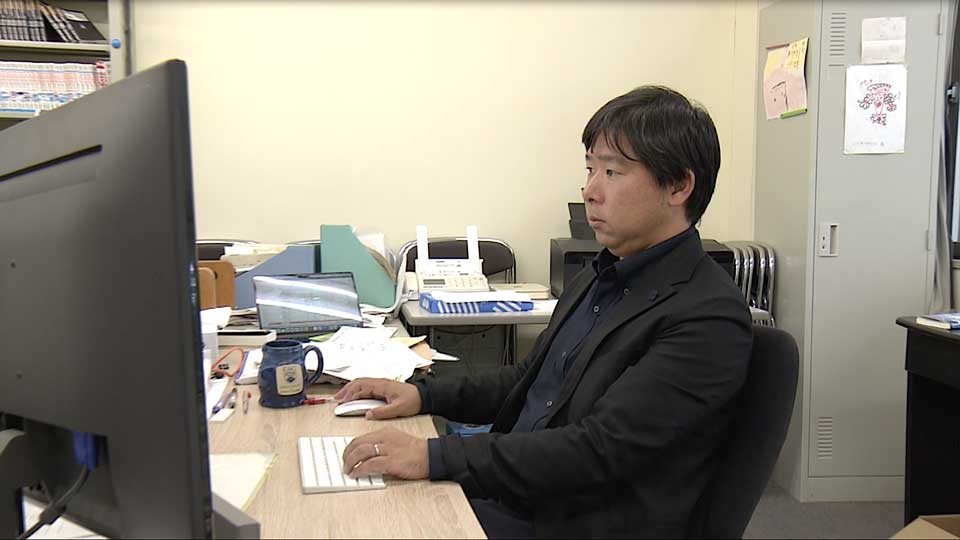
"They can keep these clubs going without the number of members they had in the past," he says. "But on the other hand, if they use this, they don't need teammates. I think we have to think hard about what we're hoping to get out of virtual reality, and what that means for us."
In Japan, students tend to stick with one sport, and one club, throughout the year. Nakazawa says, "In the US, sports club have a specific season when they play." He added, "A flexible system like that gives students more opportunities. Fewer students means fewer players. But if they play on multiple teams, then one student suddenly represents two or three players."
The lack of children means these students are not getting the opportunities they should. Even outside of sports, they are not getting the same experiences as those who came before.
Japan is one of the world's leading countries with a declining population. But we can also take the lead another way. We can tackle these problems with technology and reform, if we put in the work.
